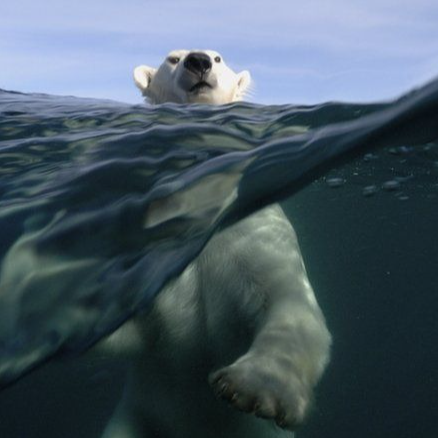


Around
the globe there are many different kinds of biomes. Places where the climate,
the average weather over time, defines what kinds of plants and animals can
live there. Humans somehow manages their livelihood. It is difficult for plants
and animals to adapt new things. For plants and animals things are not that
easy they live in particular biomes because they are best adaptive to the
weather, soil and day length found in those places.
Humans
are shaping environments at an accelerating rate. This rate brought by humans has the greatest impact on the
animals’ activity in exploring their environment. Capacity of animals to adapt human-induced
environmental change and how that change affects the expression of animal
traits.
Climate
Change effecting animals all over the world. Every added degree of temperature
has its own consequences. Due to climate change the vegetation in large areas
of the earth changes and with it the food the animals live on. Researchers
calculated that on average species move towards north and south poles or climb
higher in the mountains in every ten years searching for cooler places to live.
They look for new habitats that are as similar as possible to their old ones.
Recently,
a data collected on one hundred animal species, researchers from the University
of Helsinki and Lancaster University studied which behavioral traits are the
most sensitive to human-induced environmental change, and to which
human-induced changes in the environment animals respond the most sensitively.
This study includes animals from the largest to the smallest groups of organisms which
have fishes, birds, crustaceans and mammals. In addition, insects, amphibians
and lizards were also represented.
The biggest
change was seen in the animal’s activity in exploring their environment.
Animals have a strong response to all forms of environmental change, but
climate change engendered the greatest change in animal behavior. Behavioral
change can serve as a buffer with which animals avoid the immediate negative
effects of environmental change.
Animals that migrate north
to breed are being put at risk by ongoing climate change and increasing human
pressure, losing earlier advantages for migration, declining in numbers and
faring much worse than their resident counterparts. Whilst some animals might
shift their breeding ranges slightly further north to compensate for the change
in environmental conditions, migratory animals are hardwired to continue the
dangerous trip each year to breed, despite the lack of benefit.
It is the high time that we
can realize humanity cannot exist in isolation. These changes in the behavior,
migration and genetics are in turn effecting the normal life of animals and
thus of the whole ecosystem.

To volunteer for small initiative in protecting mother earth please participate here.
Thank You !